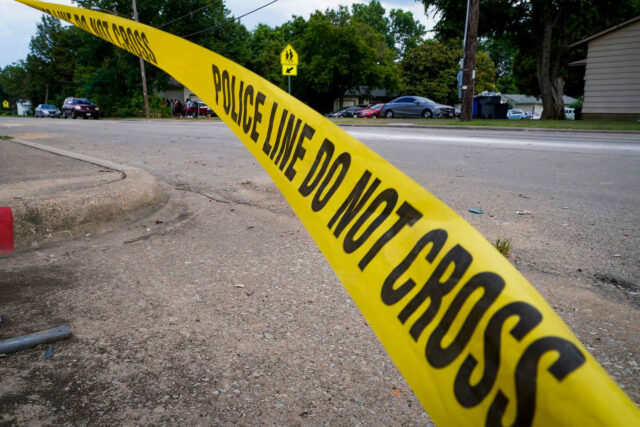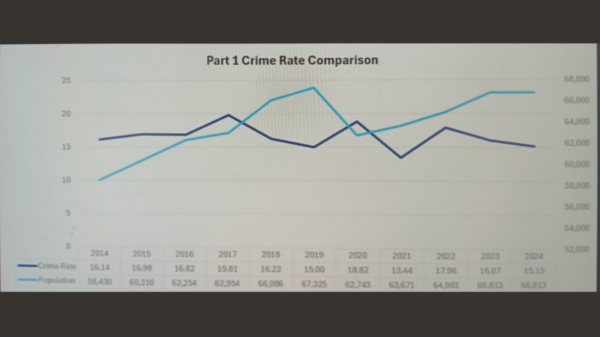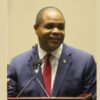By Dallas Morning News Editorial

Dallas just closed the books on the city’s bloodiest year since 2020.
According to police data, murders and non-negligent manslaughter climbed to 246 in 2023, up from 214 a year earlier and the highest since the violent death toll reached 256 in 2020.
That’s a rate of 18.86 murders per 100,000 people in Dallas last year, up from 16.41 murders per 100,000 in 2022. At least 204 of those deaths resulted from a firearm, up roughly 8.51% from 2022. And while violence is found in all parts of Dallas, a significant portion of murders were concentrated in a handful of locations in southern and northwest Dallas neighborhoods. So far, 2024 in Dallas began at roughly a murder-a-day pace.
What makes these statistics so disconcerting — including 34 homicides in March alone — is that other violent crimes, including aggravated assault, are down, evidence that an innovative violent crime plan is having some success. Yet, the increase in murders and non-negligent manslaughter runs counter to a national decline in murders last year. New York and Chicago posted double-digit percentage declines, and Detroit recorded the fewest murders since the 1960s. In nearby Fort Worth, police reported in mid-December that the city’s homicide rate had decreased by more than 20% from 2022.
So why is Dallas an outlier, and not in a good way? That’s a trend this community needs to understand and reverse.
Dallas Police Chief Eddie Garcia attributes the murder count to personal arguments and senseless conflicts that involve victims who were engaged in criminal activity or high-risk behavior. And that suggests the chief’s Violent Crime Reduction Strategic Plan, introduced in May of 2021, has to evolve to address this intractable threat to public safety.
Garcia also has said he remains committed to reducing aggravated assaults, which have fallen, telling a Public Safety Committee meeting recently that “the way to reduce murder is to reduce the incidents of aggravated assault that cause murder.” However, Dallas continues to face chronic staffing shortages that limit police presence and the ability to disrupt criminal networks that contribute to violent crime.
Comparing crime statistics can be tricky due how various jurisdictions report them. But while the Major Cities Chiefs Association reports double-digit declines in homicide across nearly 70 of America’s largest cities, Dallas isn’t one of those experiencing a decline.
Cities and the federal government generally attribute the 2023 drop in homicides and other violent crimes to expanded efforts to prevent crime, such as bipartisan gun-control legislation passed by Congress, collaborative efforts with community volunteers, police on foot or bike patrols, targeting of gun possession in high-crime areas, improved lighting and better traffic control.
Michael Smith, a criminologist at the University of Texas San Antonio who worked with Dallas police to develop a crime reduction plan, has offered several suggestions. One is greater cooperation from the criminal justice system to better assess the risk a suspect poses to determine whether a person stays in jail or gets out while awaiting trial, a change that might require help from the Texas Legislature to avoid running afoul of protections in the state constitution. This echoes Garcia’s concern that other parts of the criminal justice system haven’t done enough to keep offenders from being returned to the streets where they often reoffend.
The crime plan also should better target youth crime and firearms in order to keep dysfunctional and criminal behavior from escalating. Along those lines Garcia has urged city departments, clergy, schools, businesses, community groups and other interveners to be more active in supplementing police enforcement efforts. Garcia also wants to double down on such focused deterrence strategies to change the life paths of high-risk and at-risk offenders, including those returning from prison sentences into Dallas neighborhoods. This part of the plan involves jobs, education and assistance with social issues, all of which take time, money and focus to curb criminal culture and violent behavior.
The city also should consider ways to require multifamily property owners to do more to prevent their complexes from becoming magnets for violent crime. In speaking to the press this week, Garcia said Thursday that roughly two-thirds of murders in 2023 occurred either inside a residence or at an apartment complex, suggesting that changes might reduce homicides.
This much is certain. More than 200 murders a year in Dallas must not become the new normal.









You must be logged in to post a comment Login